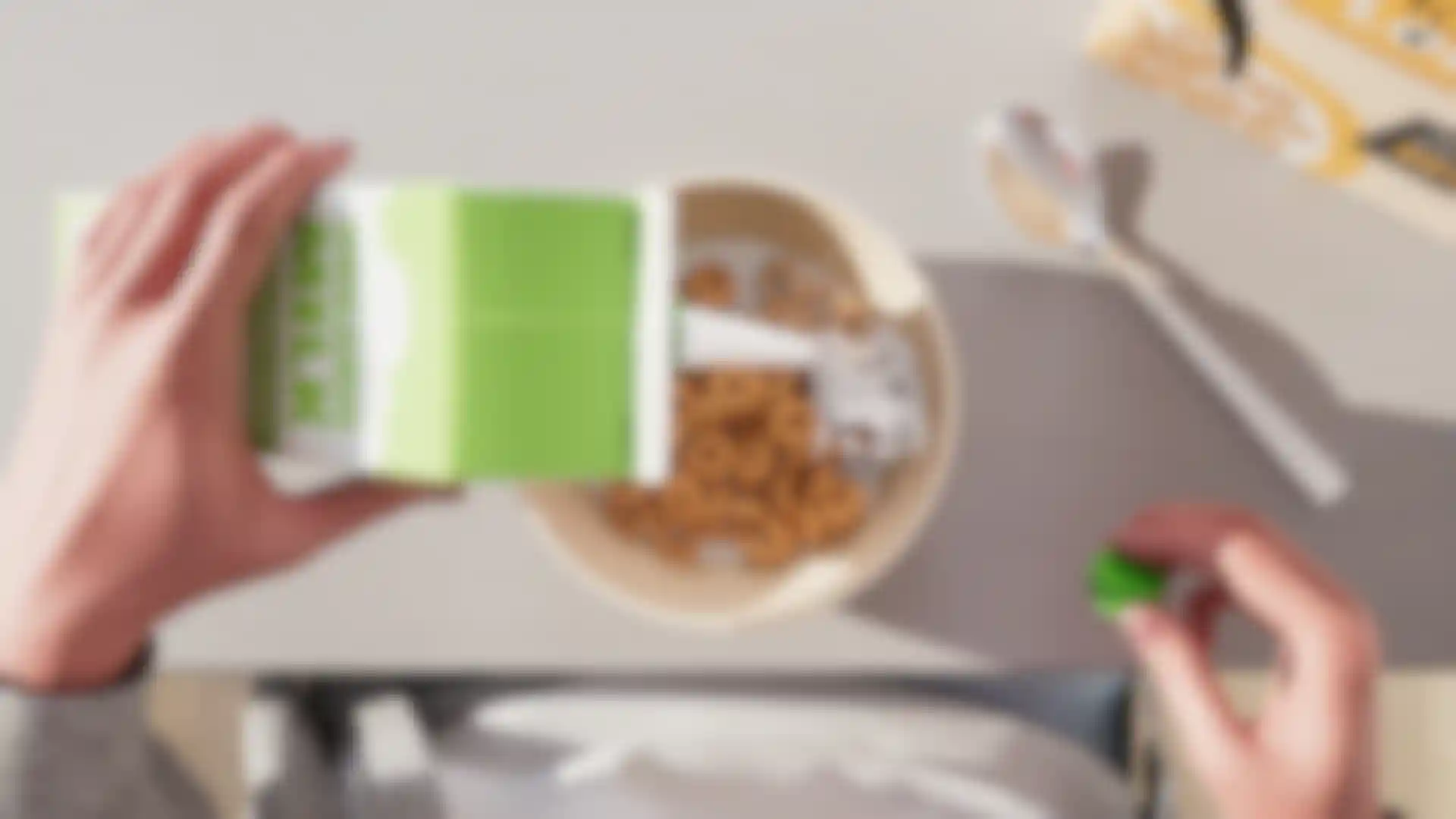
The Dark Side of Dairy in 3D How Sweden-based SMASH studio created a moving, visual story about the harsh realities behind the dairy products we all love.
SMASH is a very small but growing creative studio based in Stockholm, Sweden. A self-described “family business,” the team is led by Creative Director and Lead Artist Ashley Reed and his wife Veronica, a designer and 3D artist, as well as a producer.
Passionate about work that inspires positive change, SMASH has worked on a wide range of projects, including an interactive nature experience for young patients at the Pediatric Cancer Center in Barcelona.
A few months back, they tackled a project that meant a lot to the all-vegan team, a CG short film called “Milk.” SMASH aims to raise awareness about the cruel way animals are often treated by the dairy industry.
We talked with Ashley Reed about the film and how the team used Cinema 4D, Substance Painter, ZBrush, X-Particles, Octane and more to tell a 3D, photorealistic story that is at times difficult to watch.
Tell us about SMASH and your team.
Reed: It’s kind of a family business, which is unusual for a modern digital company. But I started the company with my wife, Veronica, because we have fun working together. We’ve also hired my brother, Alexander Reed, when he finished his motion design education. He is a CG artist, as well as a character animator and mocap performance artist. The other members of our team are Linda Molin, lead animator and character artist, and Robin Sällström, our compositor, editor and colorist.

Describe how you decided to make a film on this topic.
Veronica: We usually do a mix of animation and interactive projects. The “Milk” film is unlike anything we’ve ever done. I'm a massive fan of “Love Death + Robots,” and I get so inspired by photorealism and what you can do with it. It’s not real, but can trigger the same emotions, so we started thinking about doing an animation for a cause that means a lot to us.
Many of the people on our team are vegan and have been for years. So I reached out to an activist named Earthling Ed. He runs an organization called Surge and sent a message asking if they ever need any 3D help. I told him we would love to help in any way we can, and he asked if we could create a short film for them. We really pushed the boat out and suggested a five- to six-minute film about how animals are treated by the dairy industry.
I think I can speak for the other team members when I say we’re all vegans for the animals, primarily. What happens behind closed doors isn't nice, and a lot of people don't know about it and don't want to know about it. But we wanted to tell the story of what happens to a mother cow after she's given birth to a calf on a farm. We not looking to make people feel bad, but we do want people to know the truth.


Describe how you worked on scenes to get the look and emotion you wanted.
Reed: I started out in photography and film before 3D, so before I even went into C4D, I blocked out the shots I knew I wanted and put a lot of focus on framing and timing. The first animatic was just gray boxes moving around and some very simplistic cows, but the timing was there, and we put the music over it with sound effects.
That was our litmus test and we realized we were already feeling strong emotions. From there, we worked on textures, characters and simulations and it all really came together. I've always been a big fan of texturing, so that was one of my favorite parts of the whole workflow. We used Substance Painter to add imperfection upon imperfection, which to us is the key to photorealism.

All the clothes were done in Marvelous Designer. We bought a lot of assets from their store, including the overalls the farmer wears. They looked like they should be on a catwalk, so we applied a lot of grunge and imperfections to make them more realistic.
We used X-Particles for the fluid simulations. That was probably the most technical thing. We tried to hire a company to do it, but they couldn’t crack it, so I just went after it for a long time. I’m still not 100 percent happy with how it turned out, but I think it was okay. It’s not my favorite part of 3D.

Does SMASH aim to do more project like this one?
Reed: Yes, this was somewhat of a passion project for us as we love the cause. We believe that this could potentially represent the future of activism, whether it's related to environmental or agricultural issues.
Utilizing 3D technology, as opposed to traditional film, offers an effective means of portrayal, a possibility that would not have been feasible in this instance with conventional methods. We see it as an excellent medium for communicating the truth and for narrating stories that might otherwise remain untold.